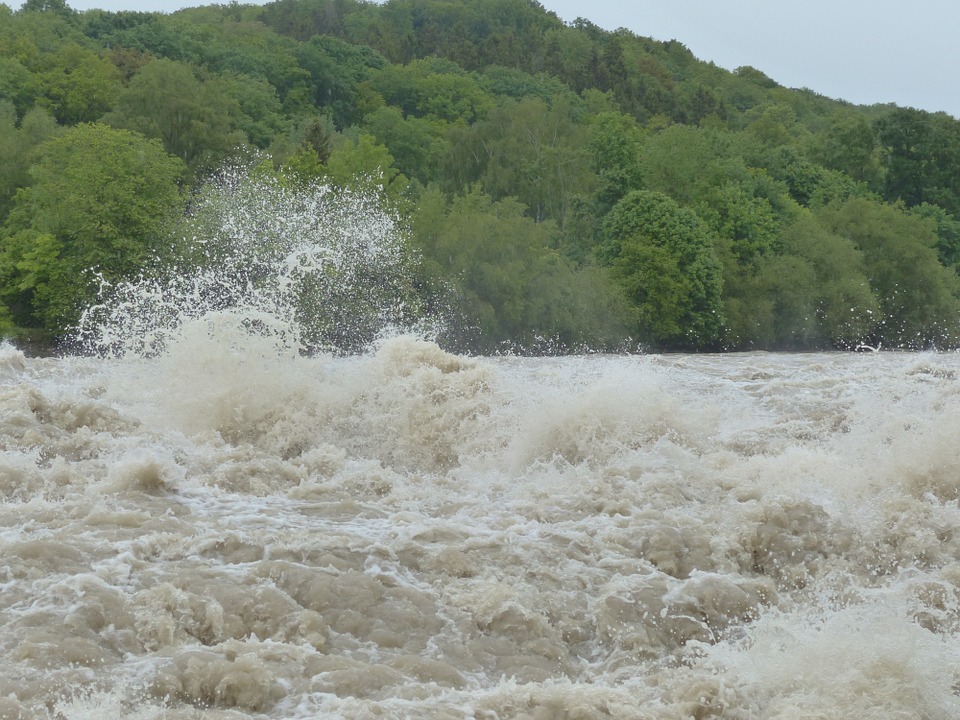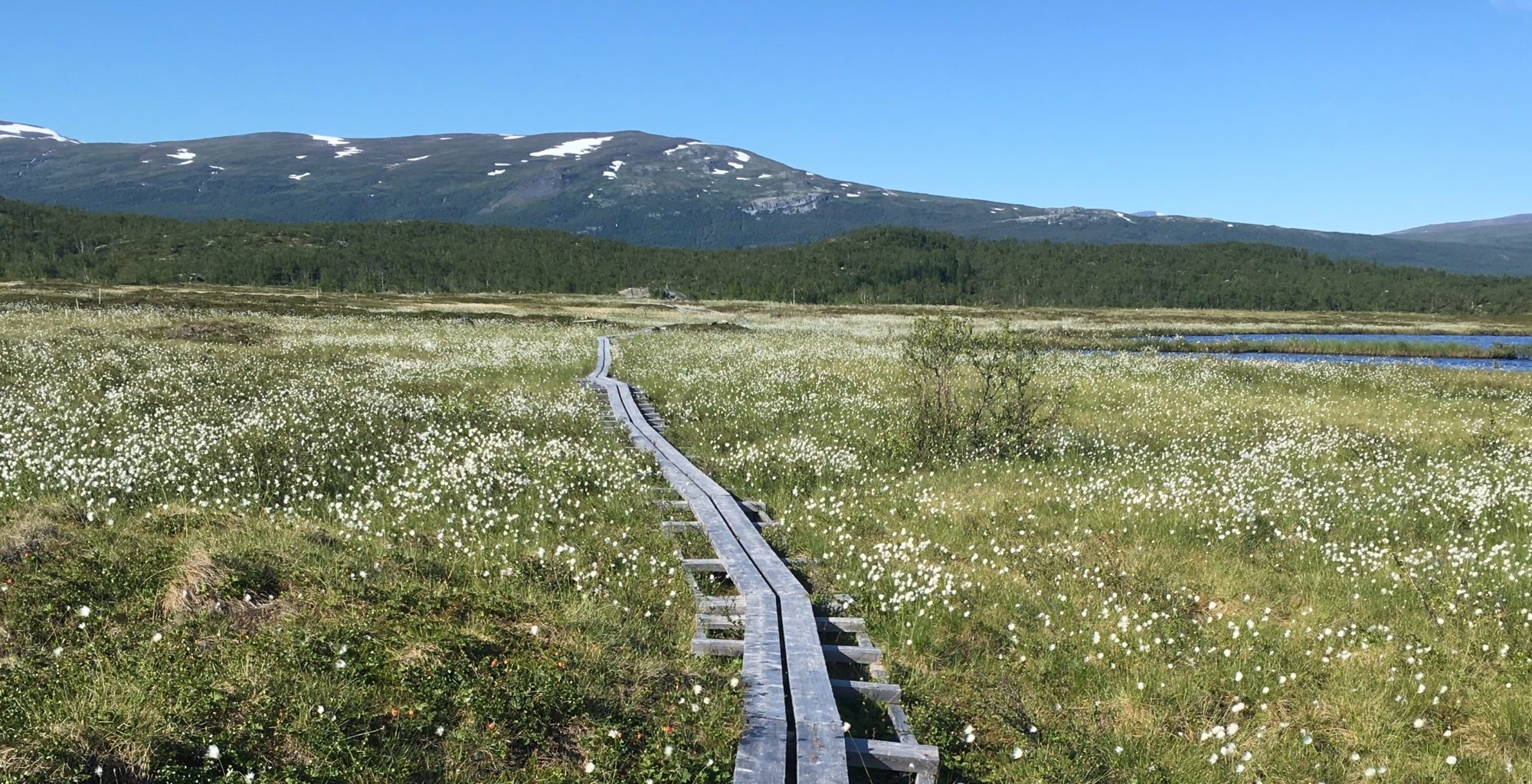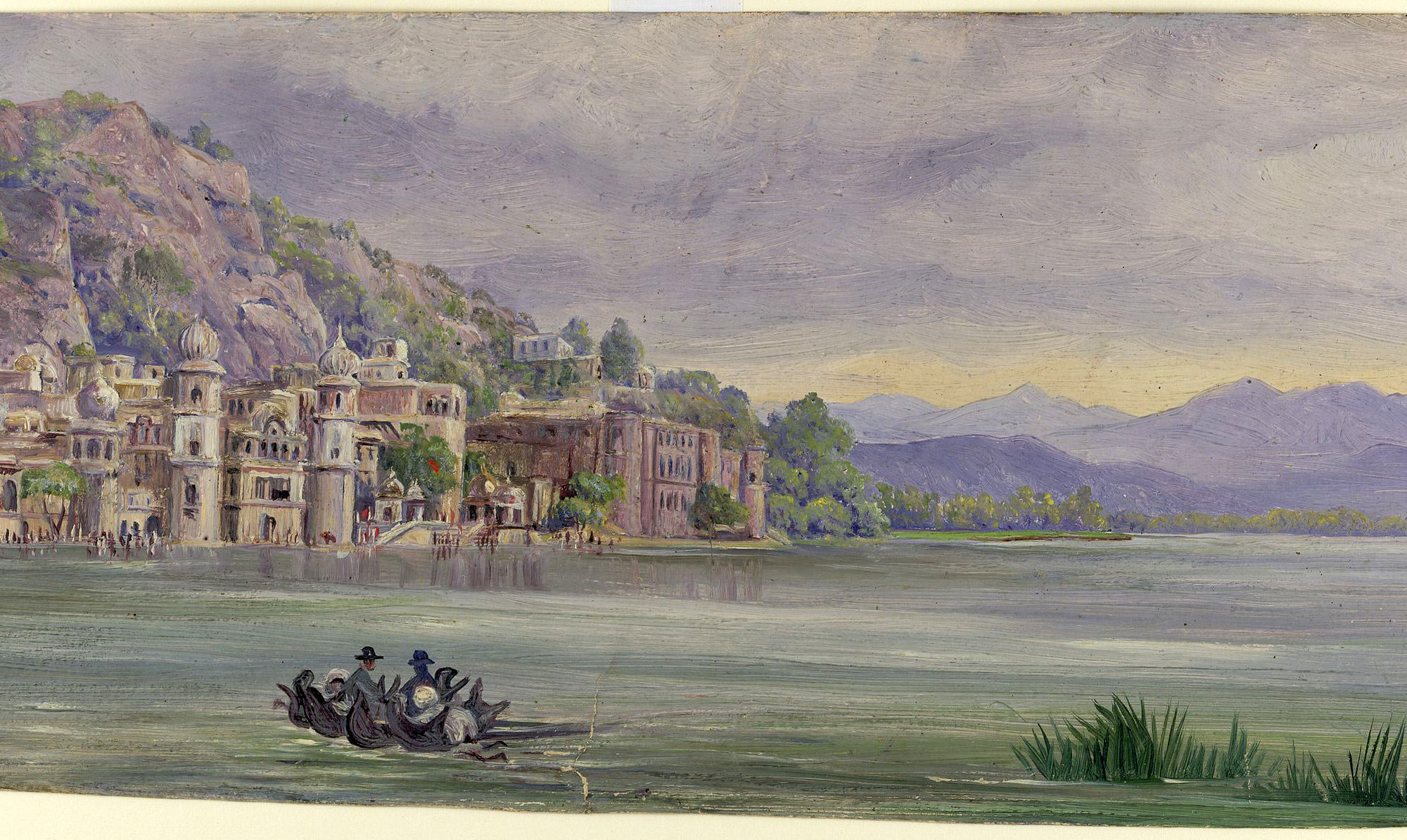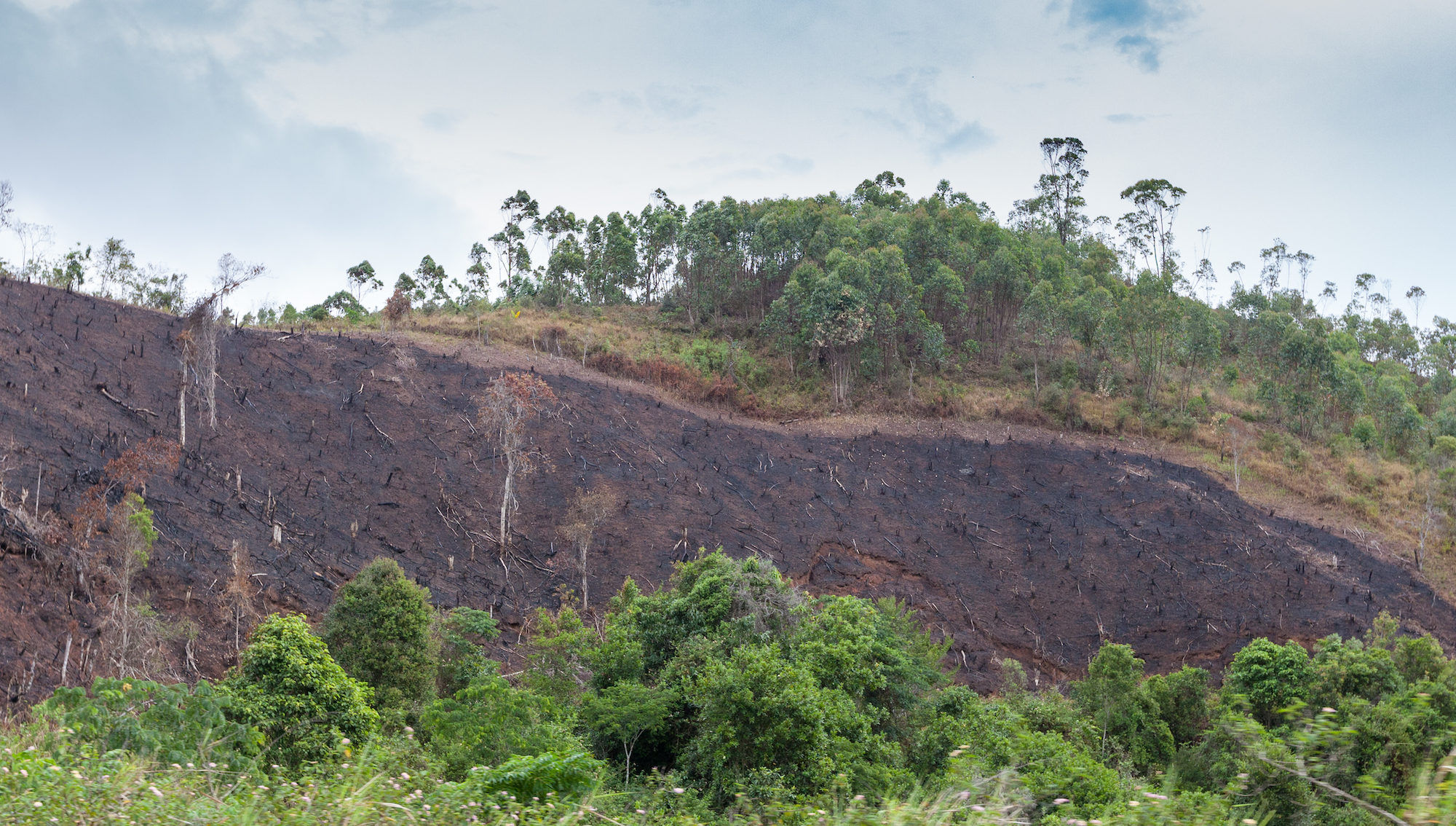Featured image: Sand Dunes by Free-Photos on Pixabay
Paper: Dusty Atmospheric Rivers: Characteristics and Origins
Authors: Kara K. Voss, Amato T. Evan, Kimbery A. Prather, and F. Martin Ralph
Atmospheric rivers, narrow plumes of highly concentrated water vapor in the atmosphere, can cause heavy rain over the coastal western United States and southwest Canada. In fact, up to half of California’s annual rainfall comes from atmospheric rivers, and while this rain helps replenish California’s water sources, it can also cause flooding and mudslides. A new study sheds light on how dust kicked up from deserts halfway around the world in Africa and Asia may influence these atmospheric rivers and control California’s rain patterns.
Continue reading “How does dust from African and Asian deserts affect rainfall over California?”





